In the fast-paced world of project management, choosing the right tools for team collaboration can feel like navigating a labyrinth. With countless options flooding the market, two platforms have emerged as frontrunners in transforming the way teams organize, communicate, and achieve their goals: Trello and Monday.com. Each boasting distinct features, intuitive interfaces, and dedicated user bases, these tools promise to enhance productivity and streamline workflows. But how do you determine which platform is best suited for your team’s unique needs? In this article, we’ll delve into a side-by-side comparison of Trello and Monday.com, exploring their strengths and weaknesses to help you make an informed decision. Whether you’re a start-up enthusiast or a seasoned project manager, join us as we uncover the essential qualities that define these two contenders in the realm of collaboration.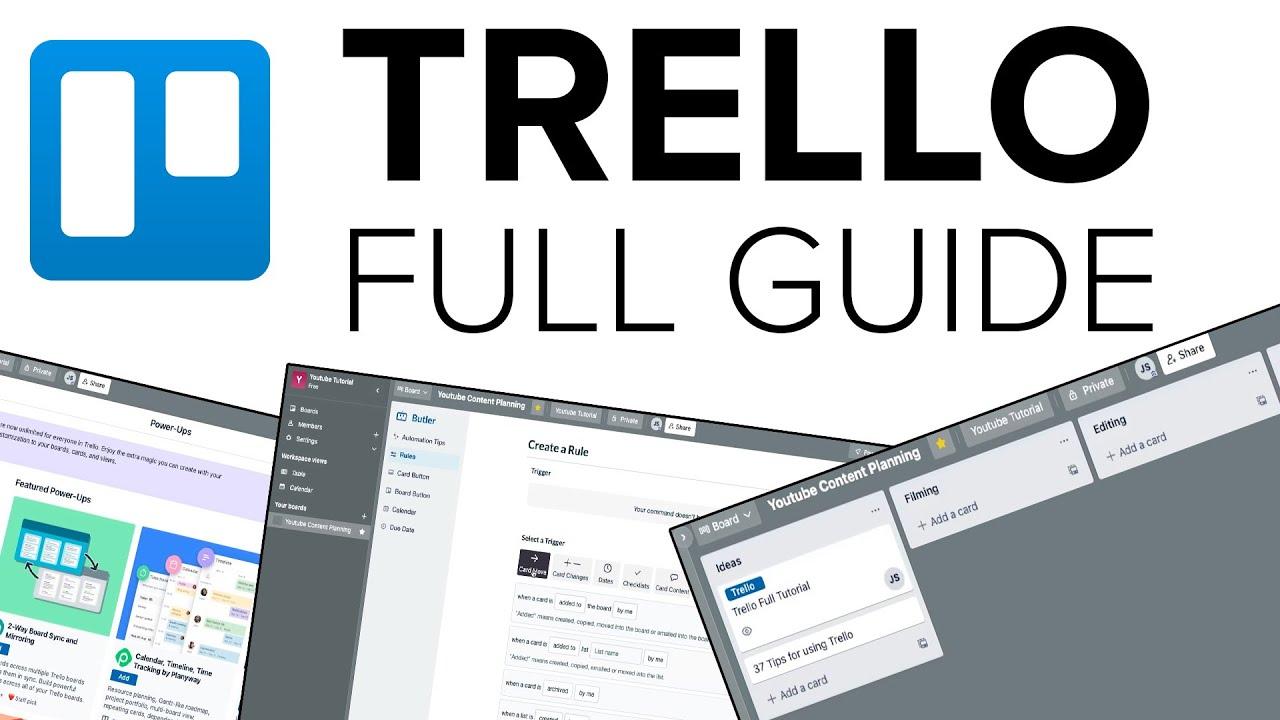
Understanding the Core Features of Trello and Monday.com
Trello is renowned for its simplicity and visual approach to task management. It utilizes boards, lists, and cards that mimic a Kanban system, making it easy to see the workflow at a glance. Here are some core features that make Trello appealing for teams:
- Drag-and-Drop Interface: Easily move tasks across lists to reflect their status.
- Labels and Checklists: Add context and clarity to tasks with color-coded labels and detailed checklists.
- Power-Ups: Integrate with other tools and enhance functionality by adding Power-Ups tailored to specific workflows.
- Team Collaboration: Assign tasks to team members and comment on cards for seamless communication.
On the other hand, Monday.com offers a more comprehensive project management platform designed for a variety of workflows and industries. Its core features emphasize customization and extensive reporting capabilities:
- Custom Dashboards: Create personalized views to monitor your projects in real-time.
- Automation: Simplify repetitive tasks with automated actions that improve team efficiency.
- Multiple Views: Switch between Kanban, calendar, and timeline views to better manage projects.
- Time Tracking: Integrated time tracking tools help evaluate productivity and resource allocation.
| Feature | Trello | Monday.com |
|---|---|---|
| Customization | Limited | Highly Flexible |
| Integrations | Power-Ups | Built-in Connectors |
| User Interface | Visual Boards | Table & Board Views |
| Pricing | Free with Paid Options | Varied Plans Available |
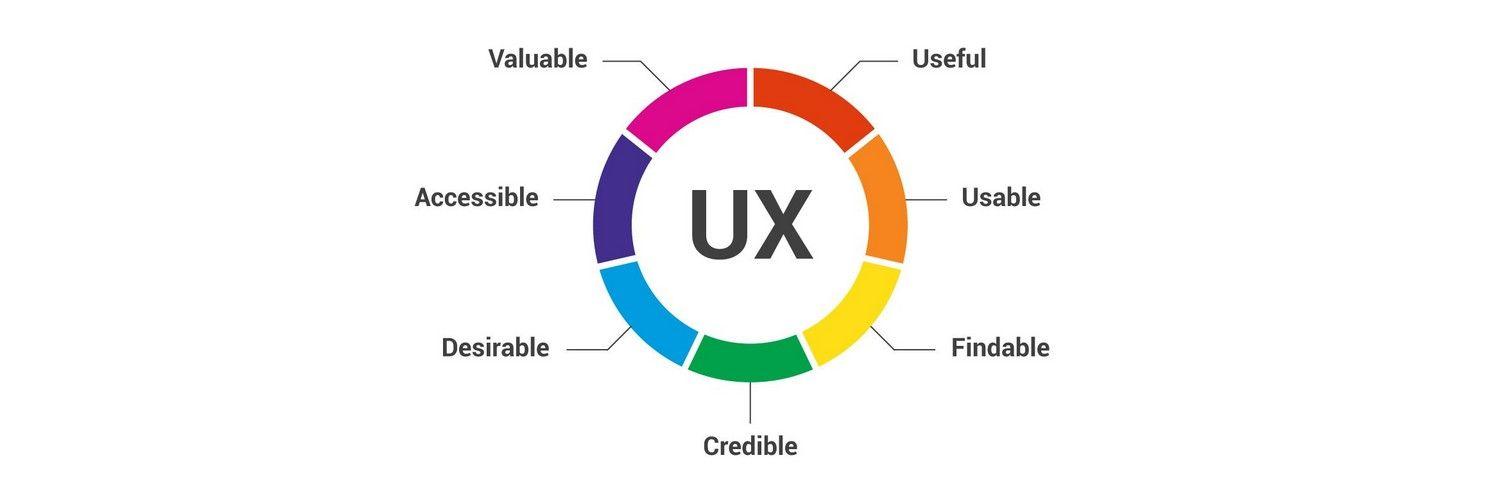
Evaluating User Experience and Interface Design for Effective Collaboration
When it comes to evaluating the user experience in collaboration tools, both Trello and Monday.com offer distinct advantages that cater to different team needs. Trello’s intuitive drag-and-drop interface simplifies task management, allowing users to easily create, move, and prioritize cards on boards. This straightforward design is particularly beneficial for smaller teams or projects that require minimal setup. In contrast, Monday.com provides a more robust and customizable dashboard, allowing teams to tailor their workflows with various views—such as kanban, timeline, and calendar—enhancing visibility and aligning with the specific requirements of collaborative projects. Additionally, the use of automations and templates can significantly streamline tedious tasks, making it easier to manage larger teams or complex workflows.
Accessibility and responsiveness also play a vital role in user experience. Trello focuses on simplicity, offering essential features without overwhelming users with options, which can be advantageous for those new to project management tools. However, it may lack some advanced functionalities that larger organizations require. On the other hand, Monday.com excels in scalability, catering to diverse industries through a wide array of integrations. A brief comparison of key features highlights these differences:
| Feature | Trello | Monday.com |
|---|---|---|
| Ease of Use | ✅ Intuitive | ✅ Customizable |
| Task Management | ✅ Kanban Style | ✅ Multiple Views |
| Integrations | ✅ Basic | ✅ Extensive |
Ultimately, the decision between the two hinges on the specific collaboration needs of your team. By assessing user experience and interface design alongside functionality, teams can effectively choose the platform that enhances their collaborative efforts.

Comparing Integrations and Automation Capabilities for Streamlined Workflows
When evaluating Trello and Monday.com for their integration and automation capabilities, the distinction becomes clearer. Trello offers a user-friendly interface that seamlessly integrates with a range of third-party applications, including Slack, Google Drive, and Evernote. Its automation feature, known as Butler, empowers teams with the ability to automate repetitive tasks, such as due date reminders and checklist management. This streamlining of processes helps in reducing manual work, allowing team members to focus on more critical aspects of their projects.
On the other hand, Monday.com takes integration a step further with its comprehensive platform that supports over 40 integrations, including Jira, Zoom, and Microsoft Teams. Its automation is powered by customizable workflows that not only automate tasks but also ensure real-time updates across teams. This means that any changes made in one part of the workflow are instantly reflected elsewhere, enhancing communication and productivity. To illustrate the differences, here’s a quick comparison:
| Feature | Trello | Monday.com |
|---|---|---|
| Integrations | Supports popular apps & tools | Extensive app & tool support |
| Automation Tool | Butler for task automation | Customizable workflow automation |
| Real-time Updates | No real-time sync | Real-time updates across teams |

Making the Choice: Which Platform Suits Your Teams Needs Best?
Choosing between Trello and Monday.com necessitates a deep dive into your team’s unique requirements and workflows. Trello is often celebrated for its simplicity and visual appeal, making it an ideal choice for teams that thrive on a straightforward Kanban method. Its user-friendly interface allows for easy task management and offers features such as checklists, labels, and due dates that can help keep everyone aligned without overwhelming them with complexities. Key benefits of Trello include:
- Intuitive drag-and-drop interface
- Versatile boards for various projects
- A plethora of integrations with third-party apps
On the contrary, Monday.com shines in its flexibility and comprehensive project management capabilities. It caters to teams that require more robust tracking and cross-functional collaboration. With customizable workflows and advanced reporting tools, Monday.com empowers teams to manage complex projects effectively while providing a visual overview of progress and load balancing. Consider these advantages of Monday.com:
- Customizable templates for different project types
- Enhanced reporting and analytics features
- Automations to streamline repetitive tasks
Insights and Conclusions
In the bustling landscape of team collaboration tools, Trello and Monday.com emerge as formidable contenders, each with its own distinct charm and capabilities. As we’ve explored in this article, the choice between these two platforms ultimately boils down to the unique needs of your team and the dynamics of your projects.
Trello’s intuitive card-based design might resonate with those who thrive in visual environments, while Monday.com’s robust feature set caters to teams seeking comprehensive project management solutions. As you stand at the crossroads of decision-making, consider the workflows, team preferences, and objectives that define your collaboration.
Remember, the best tool is the one that aligns seamlessly with your team’s style and enhances productivity without adding unnecessary complexity. Whether you gravitate towards the simplicity of Trello or the versatility of Monday.com, your choice will guide your team toward a more organized and productive future. After all, at the heart of any tool is a simple truth: it’s not just about the software you use but how you use it to foster collaboration, creativity, and success. Happy collaborating!
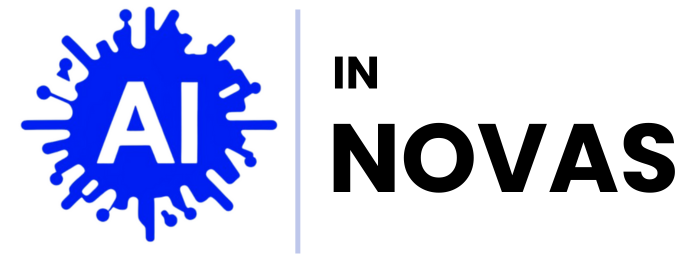


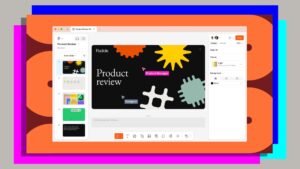
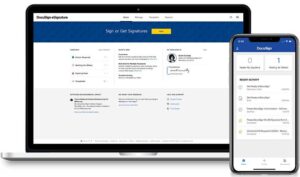
Pingback: Trello vs. Monday.com: A Comprehensive Comparison for Teams - AI in Novas